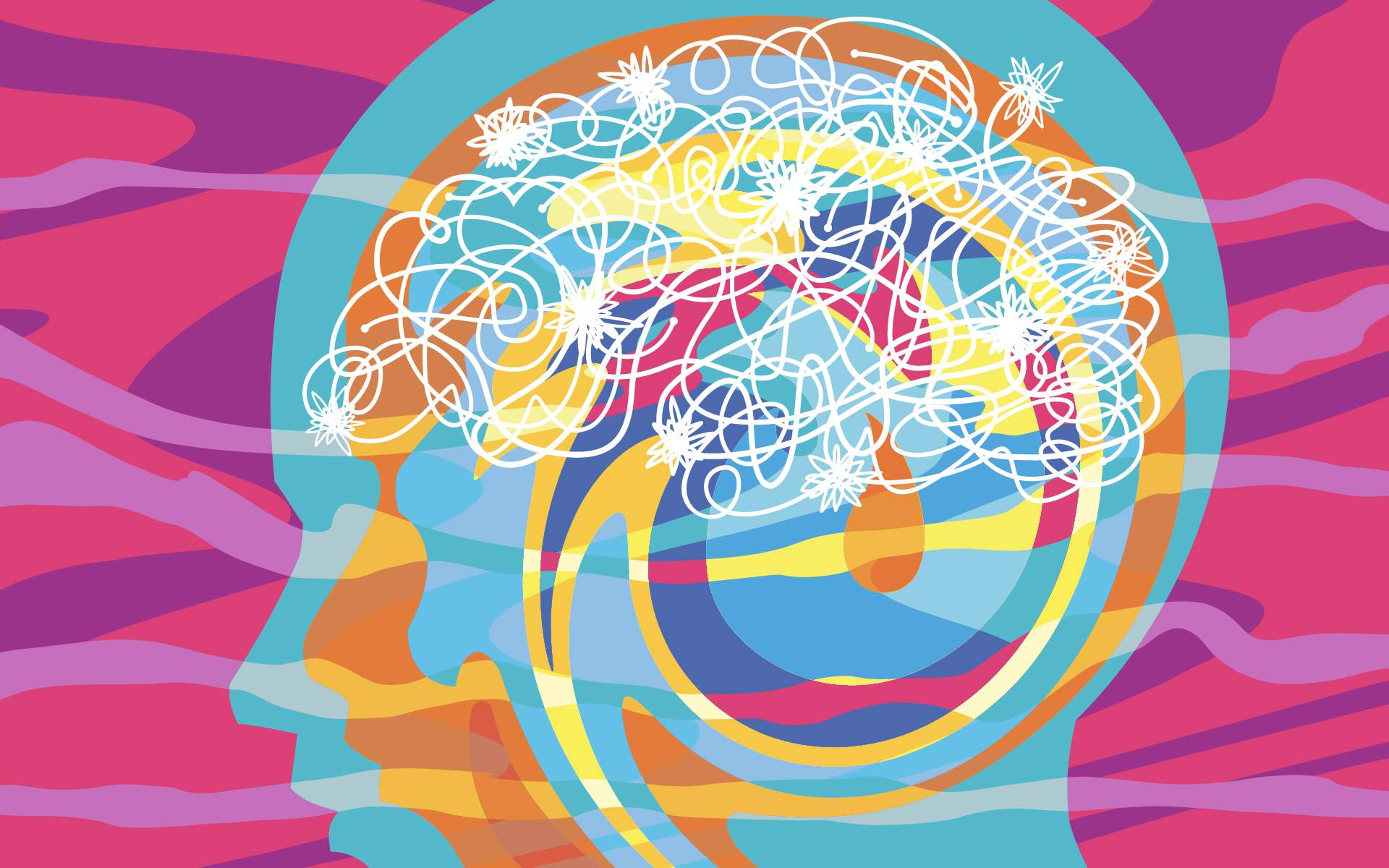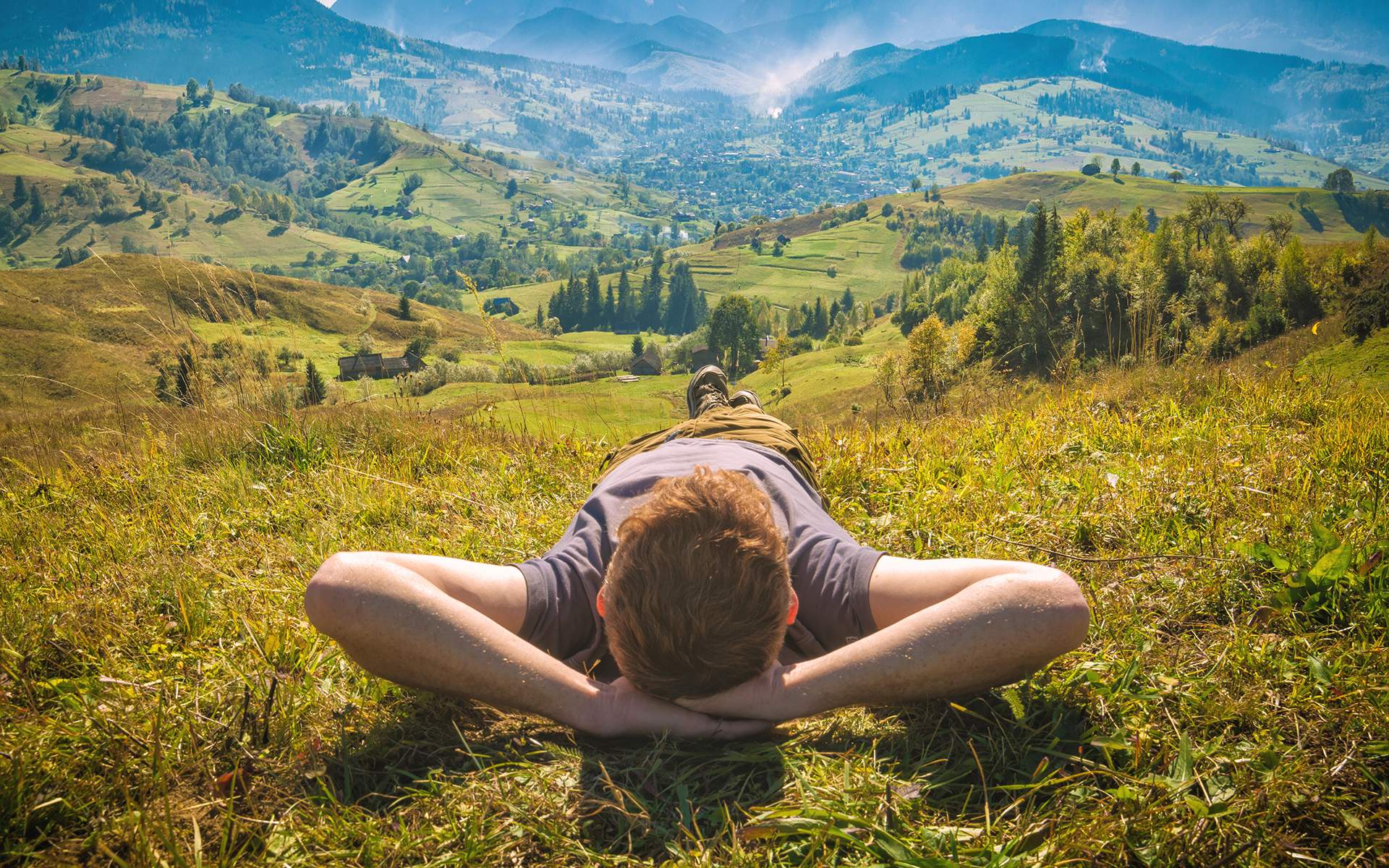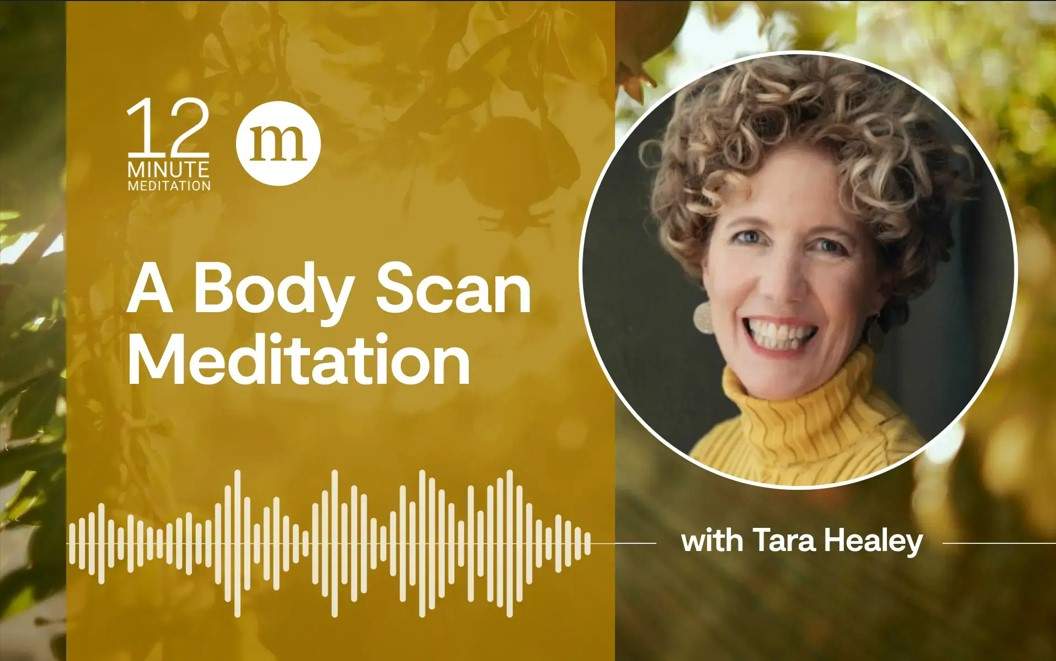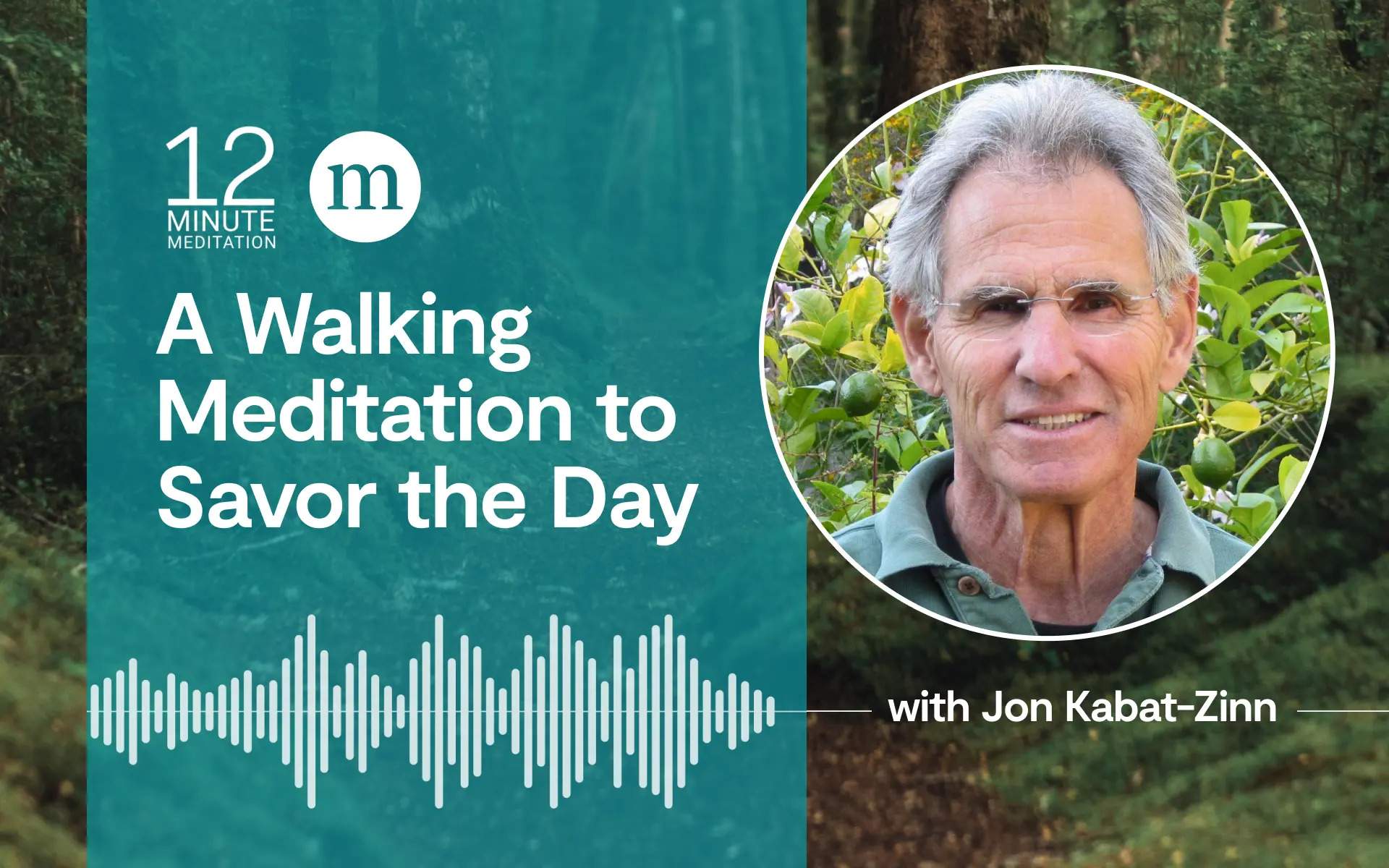Seeking insights into a difficult relationship with her partner, Patricia Rockman inhaled a large dose of ketamine, a sedative with hallucinogenic effects.
In her altered state, she experienced something that might have disturbed someone who was less well-prepared. She felt she had turned into an ancient stone wall.
For a moment, she considered that she might never stop feeling that way.
But then another thought occurred: That first thought was merely a thought.
“It wasn’t scary for me,” Rockman reflected, roughly two years after her trip, adding: “I was also able to recognize that it was an interesting thought. Mindfulness training teaches us to bring curiosity to these experiences.”
“Mindfulness training teaches us to bring curiosity to these experiences.”
Patricia Rockman
Rockman—a physician and mindfulness teacher in Toronto—had briefly fallen into a “k-hole”: the dissociative, sometimes near-death experience that’s a hazard with ketamine, a substance increasingly being used for mental health therapy. Her calm reaction highlights one aspect of what she and other experts say is the power of mindfulness to support a psychotherapeutic psychedelic trip. Mindfulness skills are not only protective, helping you feel calmer and safer in the moment, say these advocates. Ideally, they can also expand and extend potential benefits of psychedelic drugs. All the more worth considering as psychedelic-assisted therapy (PAT) explodes in popularity, sparking a multi-billion-dollar industry some predict will transform mental health care.
A Dip In the Wading Pool
Ketamine has reportedly helped relieve major depression symptoms faster than prescription antidepressants, while psilocybin (the hallucinogenic compound in “magic mushrooms”) and LSD (“acid”) have reportedly helped relieve depression and anxiety in cancer patients. So has MDMA (“ecstasy”), which, although not a classic psychedelic, is often included among them.
“Psychedelic drugs offer clear benefits for some patients within clinical trials,” says psychiatrist and addiction specialist Adam Winstock, a clinical professor at the Institute of Epidemiology at the University College of London.
Besides combating depression, anxiety, and even addiction, psychedelic drugs can open the mind to helpful insights, say many who take them.
Consider Rockman and that stone wall. “I have some old ways of being that have been solid and useful,” she later reflected. “But I also need to be more flexible and fluid.”
While there is still much to learn about how psychedelic drugs affect the brain, scientists tell us that they alter levels of key neurotransmitters. Psilocybin raises levels of serotonin, involved in regulating mood, as does MDMA, which also activates receptors for oxytocin, a peptide linked to trust and bonding.
Similar dynamics appear to be at work during meditation, which also raises serotonin levels, while simultaneously affecting dopamine (associated with happiness) and GABA (related to calm). Both psychedelic trips and sustained meditation may cause measurable changes in the brain that increase present-moment awareness and a healthy detachment and blurring of ego.
“At a very zoomed-out level, both psychedelics and mindfulness offer opportunities to alter our ways of thinking.”
Albert Garcia-Romeu
“At a very zoomed-out level, both psychedelics and mindfulness offer opportunities to alter our ways of thinking,” says Albert Garcia-Romeu, an associate professor of psychiatry and behavioral sciences at Johns Hopkins School of Medicine. “Both can produce altered states of consciousness, but mindfulness is generally milder.” Thus, for someone with limited experience with psychedelics, where the alterations can happen quickly, “mindfulness can help you acclimate,” he says, adding: “If you’ve swum in the wading pool, you’re more likely to feel safe jumping off the high dive.”
The “Second” Psychedelic Renaissance
Humans have used psychedelics to alter our states of consciousness pretty much since we first encountered them. From peyote and psilocybin mushrooms in Mexico, to ayahuasca tea made from tropical plants in South America, Indigenous groups for millennia have used plants with psychedelic properties in their spiritual and medicinal practices. In fact, Indigenous peoples’ traditional knowledge has helped form the bedrock of the modern field of clinical psychedelics.
Yet, as interest in psychedelics—referred to in some circles as “spirit medicines”—sees a resurgence, Indigenous knowledge, land, and sacred medicines have been exploited and their cultural importance disrespected, according to some experts. Yuria Celidwen is a postdoctoral researcher of Indigenous Nahua and Maya descent and senior fellow at the Othering and Belonging Institute at the University of California, Berkeley, who studies how Western institutions might ethically approach the growing research and use of psychedelics.
“I’m profoundly disappointed in how this field has unfolded,” she says. In 2022, Celidwen was the lead author of a statement with 10 other Indigenous representatives, published in The Lancet, examining impacts of the psychedelic “renaissance” on Indigenous communities. Western psychedelic therapy practices are not only “extractive, colonialist, and capitalistic,” she says, but “may be harmful in the long term and irresponsible to use and administer without a cultural context that is based on community support.”
“Fierce Kindness”
Importantly, the vast majority of the estimated 5.5 million Americans using psychedelic substances annually—whether for therapy, spirituality, or fun—do so without a therapist in the room. This is in sharp contrast with most, if not all, clinical studies, which ensure participants receive substantial therapeutic support. Thousands of people experience “bad trips” that may feel like losing oneself or going crazy. “There are risks, especially when psychedelics are taken at times of crisis or emotional vulnerability,” Winstock says.
In 2023, Celidwen joined Garcia-Romeu and 30 other researchers and Indigenous representatives at the first Hopkins-Oxford Psychedelic Ethics workshop. The result was a joint statement published in the American Journal of Bioethics that calls on psychedelic research and practice communities to work in collaboration with Indigenous communities and incorporate principles such as interdependence, respect, reparation, and mutual benefit.
“It’s a way of reclaiming our places, and at the same time, it’s about love and a fierce kindness to guide people to realize and to wake up to our daily realities,” Celidwen has told UC Berkeley News. “We must be open to ethical collaborations to come to shared solutions, and to create bridges between us.”
Is Psychedelic Therapy a “Gateway Drug” for Mindfulness?
In an interview, Celidwen said Western interpretations of mindfulness are individualistic and shaped by colonialism and imperialism—a critique she also applies to the use of psychedelics. She says that both psychedelic therapy and mindfulness have been simplified and commodified as “some kind of band-aid on a problem, when what we need is to change an erratic system based on self-benefit.”
Yet some other experts in the field believe mindfulness practice could reduce the risks associated with psychedelic use. In a handbook he co-authored, Adam Ortman, a mindfulness teacher in Austin, Texas, recommends four mindfulness skills to get the most out of psychedelic-assisted therapy: “turning toward and allowing,” “self-compassion,” “embodied presence”—being present in our bodies—and remembering our motivations.
Others believe mindfulness can not only be protective, but increase the benefits of a psychedelic experience. Roland Griffiths, a pioneering Johns Hopkins pharmacologist who died in 2023, was a dedicated meditator before embarking on his studies of psychedelic drugs. In 2017, he published a study suggesting that mindfulness training could enhance the impact of a mystical experience with psilocybin, producing enduring psychological improvements.
Some research suggests the reverse is also true, that taking psychedelics can increase our capacity for mindful qualities such as self-compassion and calm. Psychedelics, in this way, could be a “gateway drug” for mindfulness.
It’s still an open question whether today’s explosive interest in psychedelic-assisted therapy will increase interest in mindfulness—further crowding those wading pools. But it could be one more good argument to dip in a toe.
Mindfulness and psychedelic therapy “can complement each other, enhancing the positive effects of both interventions,” concluded two University of Warsaw researchers in a 2023 report on potential synergies and commonalities between psychedelic and meditation-based therapies.
At the University of Southern California, Rael Cahn, a clinical associate professor of psychiatry, is planning what he says will be the world’s first study that might render hard evidence of that potential, by following two groups of 20 subjects taking a high dose of psilocybin. Both groups will have several hours of therapy, but just one will also receive training in mindfulness.
Cahn believes that psychedelic drugs’ potential extends far beyond a quicker way to deal with individual trauma. For a species mired in sociopolitical conflict, “good trips” may hold the promise of escaping our individual and in-group mindsets to embrace our commonalities, he suggests.
“I think of this work as preparing humanity for a future in which we can become more aware of our interconnectedness,” Cahn says. “It’s my sense that connectedness is the key—and that people who tend to have bad outcomes tend to be more estranged from the human family.”
A Timeline of Psychedelic-Assisted Therapy in the West
Swiss chemist Albert Hofmann “the father of LSD synthesizes LSD. He later popularizes a therapeutic take on psychotropics.
40,000 patients are prescribed LSD for complaints including alcoholism, “neurosis,” schizophrenia, and even childhood autism.
Life magazine publishes former banker R. Gordon Wasson’s report on “magic mushrooms,” mentioning Mazatec curandera Maria Sabina (after promising her anonymity). Sabina is left impoverished; Wasson is credited for “discovering” psilocybin.
British psychiatrist Humphry Osmond coins “psychedelic” in a letter to his friend Aldous Huxley. Osmond works with Canadian physician Abram Hoffer to research psychedelic treatments for addiction and understanding neurodiversity.
Hofmann isolates and synthesizes psilocybin from the mushroom P. mexicana and markets it for “therapeutic tranquilization.”
Psychedelics are big in the “Turn on; tune in; drop out” counterculture, including Ivy League psychologists and researchers like Timothy Leary and Richard Alpert.
US President Richard Nixon signs the Controlled Substances Act, ending most grassroots and academic exploration.
The US Food and Drug Administration (FDA) approves ketamine for medical use.
Ethnobotanist Terence McKenna makes the controversial proposal that psilocybin was key to human cognitive development.
Berkeley author Michael Pollan’s New York Times bestseller, How to Change Your Mind supercharged the emerging interest in hallucinogens.
Denver and Oakland become the first US cities to decriminalize psilocybin.
Johns Hopkins University launches a $17 million center to study new therapies involving MDMA, LSD, and psilocybin.
The US FDA expedites research into psilocybin and MDMA for mental disorders and approves esketamine for severe depression.
Yuria Celidwen and 10 other Indigenous Representatives publish “Ethical principles of traditional Indigenous medicine to guide western psychedelic research and practice” in The Lancet.
The first Hopkins-Oxford Psychedelic Ethics (HOPE) workshop takes place, resulting in “The HOPE Working Group Consensus Statement”






